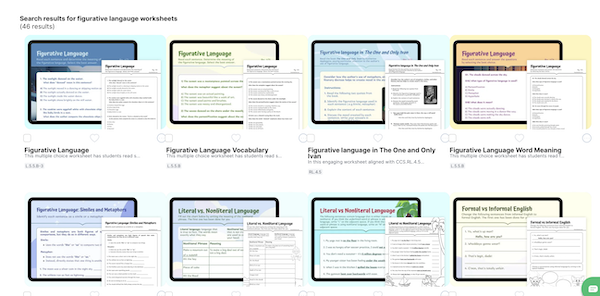Understanding Extreme Weather Events and Climate Change
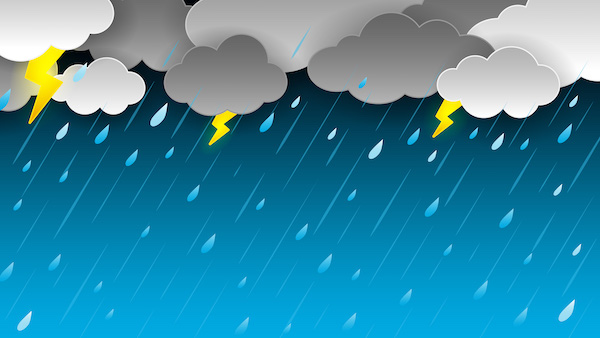
Hey there, teachers!
Today, we are going to attempt to understand extreme weather events. You can learn more about this concept and break it down for your students.
Have you noticed that sometimes the weather can be really crazy? Like when it rains so much that streets get flooded, or when it’s so hot that you feel like you’re melting? These are called extreme weather events. The teachers can ask students if they’ve ever experienced a really big storm, a very hot day, or seen pictures of flooded streets.They can also show images of different extreme weather events and ask students to describe what they see.
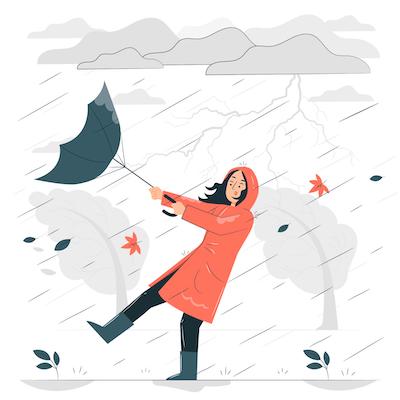
What is Extreme Weather?
You may ask, what is extreme weather. Extreme weather is when the weather behaves in very unusual and intense ways. It can be really hot, really cold, super rainy, or very dry. Here are a few examples:
- Heatwaves: When it’s way hotter than usual for many days.
- Blizzards: Heavy snowstorms with strong winds.
- Hurricanes: Huge storms with very strong winds and lots of rain.
- Floods: When lots of rain makes rivers overflow.
- Droughts: Long periods with very little or no rain.
What is Climate Change?
Climate change means that the usual weather patterns we expect are changing. This happens over a long time. Think about it like this: if you usually get snow in winter and suddenly it starts snowing in summer, that’s a big change! Know about factors causing climate change here.
Is extreme weather related to climate change?
Scientists have noticed that our planet is getting warmer. This is called global warming, and it’s causing more extreme weather events. Due to climate change, when our planet gets warmer, it makes some weather events, like big storms or heatwaves, happen more often and be more intense.
How does climate change cause more extreme weather events?
As the Earth’s temperature rises due to climate change, it affects the weather patterns. Warmer temperatures can cause more water to evaporate, which can lead to heavier rainfall and flooding. It can also cause droughts and heatwaves to last longer and be more intense.
Are extreme weather events dangerous?
They can be, yes. These changes in weather can make it harder for people, animals, and plants to live. For example:
- Heatwaves can make it dangerous for people to be outside.
- Floods can damage homes and buildings.
- Droughts can make it hard for farmers to grow food.
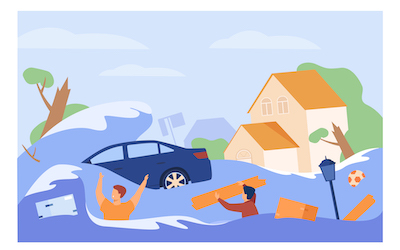
That’s why it’s important to always listen to weather warnings and follow the instructions of grown-ups during extreme weather events. They’ll make sure you stay safe.
What Can We Do?
You might wonder what we can do to help. Even small actions can make a big difference! Here are some ideas:
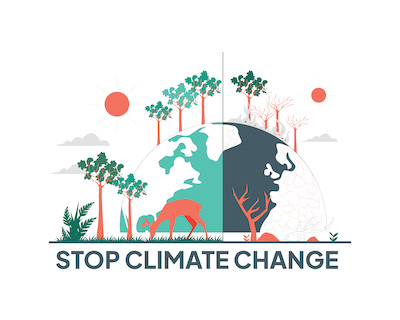
- Turn off the lights when you leave a room.
- Recycle paper, plastic, and glass.
- Plant a tree. Trees help clean the air.
- Walk or ride your bike instead of using a car for short trips.
- Talk to your family and friends about why protecting our planet is important.
Remember, learning about climate change and extreme weather events is important, but it shouldn’t make you feel scared or worried. There are a lot of smart people working hard to find solutions, and you can help too by being kind to the Earth and making smart choices every day.


